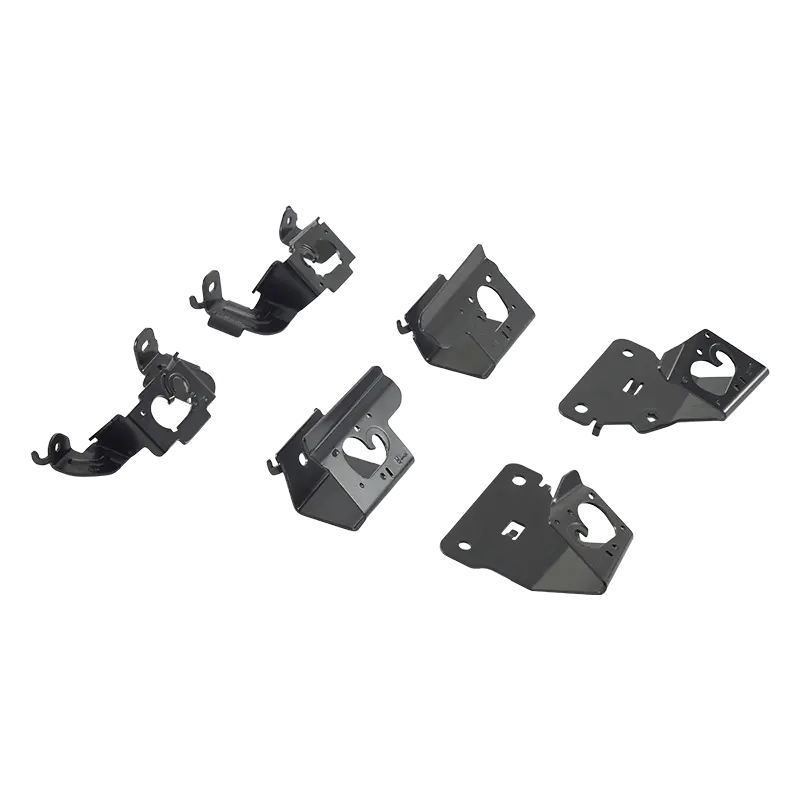Metal stamping has been a cornerstone of industrial manufacturing for decades. As industries evolve and demand for more complex, lightweight, and durable components increases, the metal stamping process has adapted to meet these needs. Today, metal stamping is a high-precision, automated process that plays a vital role in producing components for everything from household appliances to aerospace technologies.
A Brief History of Metal Stamping
The origins of metal stamping date back to the early days of industrialization. Manual forging methods, while effective, were labor-intensive and time-consuming. The introduction of stamping presses in the 19th century revolutionized manufacturing, enabling faster production of metal components with more precision. Over time, advancements in technology and materials have led to the development of automated stamping presses, which significantly increased production speed and reduced costs.
Modern Metal Stamping Techniques
Today's metal stamping process benefits from advanced technology and improved materials, resulting in higher precision and efficiency. Some of the modern techniques include:
Progressive Die Stamping: This method uses a series of dies that perform different operations (e.g., punching, bending) as the metal strip progresses through the press. This allows for the production of complex parts in a single pass, saving time and reducing labor costs.
Deep Drawing: This technique is used to create parts with greater depth than width, such as beverage cans, sinks, or automotive fuel tanks. Deep drawing requires specialized dies and presses to ensure the metal doesn’t tear during the process.
Transfer Die Stamping: Similar to progressive die stamping, transfer die stamping moves the metal piece from one die station to another for different operations. This method is particularly useful for larger parts that require multiple complex forms.
Microstamping: As technology advances, the need for smaller and more intricate parts has grown. Microstamping allows for the precise production of tiny metal components used in medical devices, electronics, and other high-tech industries.

Innovations and Trends Shaping the Future of Metal Stamping
The future of metal stamping is being shaped by several key innovations and trends:
Automation and Robotics: Automation has already had a significant impact on metal stamping by increasing efficiency and reducing labor costs. In the future, the integration of robotics and artificial intelligence (AI) will likely drive further improvements in production speed and quality control, enabling more precise, consistent output.
Advanced Materials: As industries demand more lightweight and durable materials, metal stamping is evolving to accommodate new alloys and composites. For example, the automotive industry’s shift towards electric vehicles is driving demand for stamped parts made from lightweight materials like aluminum and high-strength steel.
Sustainability: Environmental concerns are influencing the metal stamping industry to adopt more sustainable practices. Recyclable metals and energy-efficient processes are becoming increasingly important as manufacturers seek to reduce their carbon footprints.
3D Printing Integration: While metal stamping will remain a dominant manufacturing method, the integration of 3D printing for prototyping and creating custom dies is becoming more common. This allows for faster development of complex parts and reduces the time-to-market for new products.